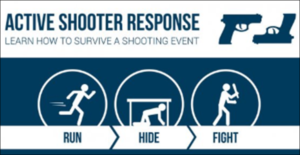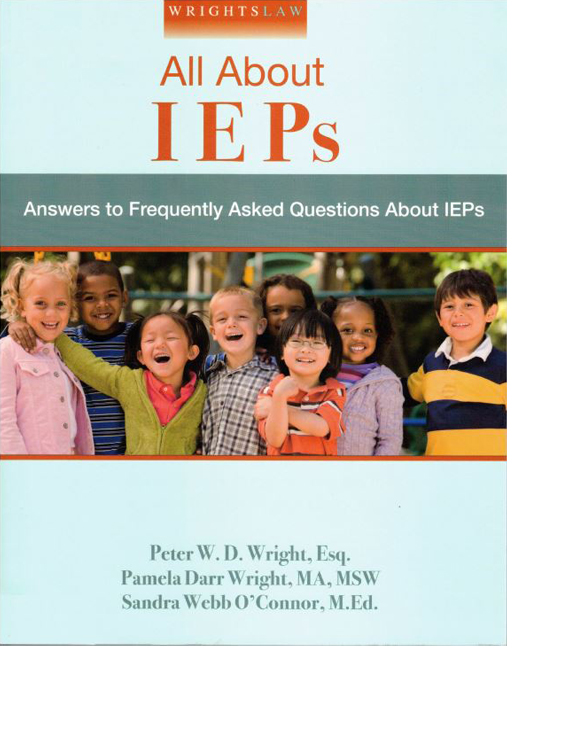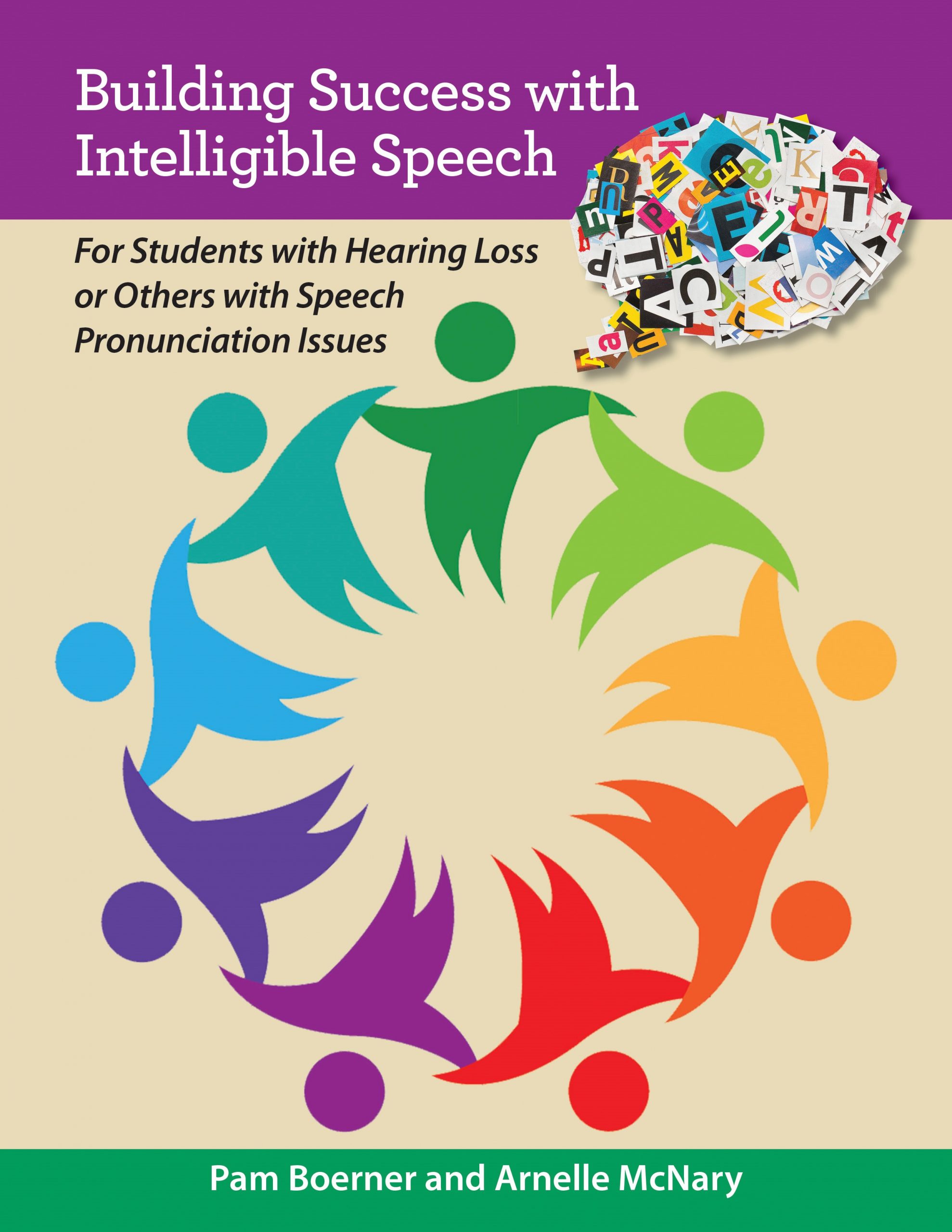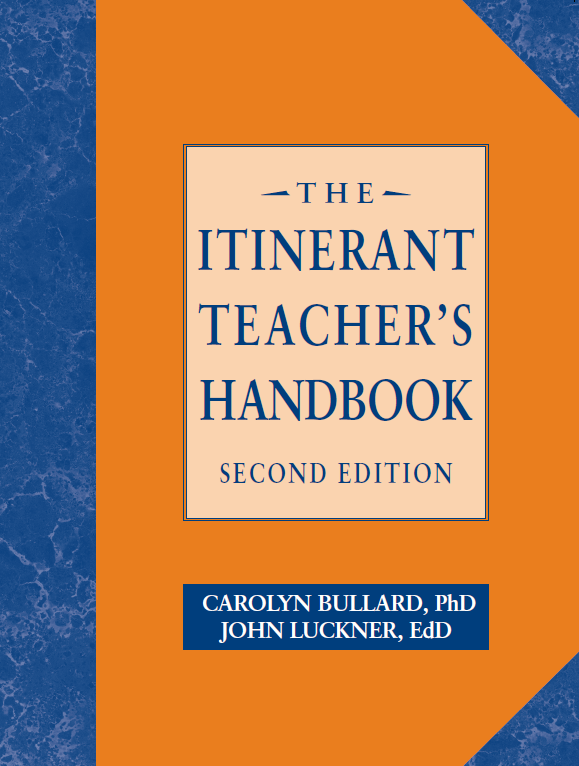Related Products
For Professionals
- Amplification
- Assessment of Student Skills, Challenges, Needs
- Early Childhood: Infants, Toddlers, Preschool
- Hearing Loss – Identification, Impact and Next Steps
- IDEA Law Summary Information
- Language and Speech Development Issues
- Legal Issues in Serving Children with Hearing Loss
- Listening (Auditory Skills) Development
- Planning to Meet Student Needs
- Self-Advocacy Skills for Students with Hearing Loss
- Self-Concept: How the Child with Hearing Loss Sees Himself
- Social Skills
- Speech Perception & Learning
Related Teacher Tools Takeout Items
School Preparedness for Students with Hearing Loss
 A Connecticut mom of a student with hearing loss shares her journey into establishing greater awareness for the need for emergency preparedness when children are hard of hearing or deaf. Read more for:
A Connecticut mom of a student with hearing loss shares her journey into establishing greater awareness for the need for emergency preparedness when children are hard of hearing or deaf. Read more for:
– Key issues regarding students who are DHH and school safety
– When planning should occur
– Possible emergencies and appropriate responses
In 2018, I read a Clarke School article titled “Keeping our Students Safe.” It asked the question, How are you keeping deaf/hard of hearing students safe during school lockdowns and emergencies? I immediately asked my son if he had a safety plan in school that addressed his hearing loss. His response was a no. I researched the Connecticut school safety guideline that is required by the Department of Homeland Security. The only proactive suggestion was that students with functional disabilities should have a buddy system in place. Did the school consider hearing loss a functional disability? Did my son ever have a buddy in place? No. Now he was in high school making the buddy system was unrealistic.
| Since Sandy Hook in 2012 there have been 2,408 Mass Shootings in the US. -Gun Violence Archive |
The new active shooter rules in place at the high school level were to lock the door and not let anyone in from the hallway, even a student. Consider a deaf or hard of hearing student in the bathroom, without an FM/HATS system or interpreter, who didn’t hear the lockdown announcement. This student would ultimately be left in the hallway, locked out and vulnerable. They might hear the shots, but not which direction they are coming from. How can we help these students?
We cannot ever forget that deafness is an invisible disability.
| Executive Director of the American School for the Deaf, Jeff Bravin, said in the CT Mirror, “the assumption that ‘those kids will be fine, they will follow all the other students,’ is not accurate. They need access to the same information.” |
Administrators and teachers often forget that students with hearing loss have inadequate access to basic safety measures. How can I send my son to school every day, knowing that he might not hear an emergency announcement, or an officer telling him to stand down?
Safety must be in layers
Not every safety recommendation will fit every student or a school’s current capability. Technology doesn’t always work in an emergency. If you have multiple layers of communication, then the likelihood of your student being safe in an emergency increases exponentially. In the IEP/504 Plan you can request a school in-service communication needs and safety training BEFORE the school year begins. This can be done through the teacher of the deaf or deaf services agency. Often emergency drills are done the first week of school, not on the first day. This year on the first day of school, the high school cafeteria caught on fire. Confused freshmen were late exiting the building, not knowing where to go or what to do in their new surroundings. The pre-school year meeting is often held in August and can also make sure all technology is in good working condition. Often schools forget to set up these in-services, even when they are in the IEP/504 plan. Be proactive in early August to identify when this in-service training will be taking place.
A good rule of thumb
 Your student is an individual and there is no one size fits all safety plan. If a student has a communication need specified in their IEP or 504 Plan then this need should be reflected in the safety plan. Plans should be simple, uncomplicated and not rely solely on technology. For example, if the IEP says the student must receive all announcements in writing, the safety plan must specify an effective means to quickly announced emergency information, which may or may not be the same as specified as an accommodation in the IEP.
Your student is an individual and there is no one size fits all safety plan. If a student has a communication need specified in their IEP or 504 Plan then this need should be reflected in the safety plan. Plans should be simple, uncomplicated and not rely solely on technology. For example, if the IEP says the student must receive all announcements in writing, the safety plan must specify an effective means to quickly announced emergency information, which may or may not be the same as specified as an accommodation in the IEP.
Questions to answer for ALL POSSIBLE EMERGENCIES, fire, weather, water, active shooter/threat.
- 1. Can students access the current alerting system based on their individual communications needs identified in their IEP/504/LCP plan?
- Consider bus, bathroom, hallways, extracurriculars, playgrounds/fields, field trips, classrooms?
- Are you including the student in these discussions? Has the emergency plan been shared with the student? Have they tried it? Do they have suggestions?
- Have staff members been informed of the students’ specific needs in the event of an emergency?
- Staff means teachers, substitute teachers, administrators, resource officers, and support staff such as secretaries, lunch aides, and maintenance personnel.
- Are students able to advocate for their communication needs in the event of an emergency?
Example: During a 504 meeting my son told the guidance staff that announcements are very quiet in the classroom and very loud and unintelligible in the hallways-something they didn’t know.
- 2. Can the student verbalize? Are they too young? Do they have another disability that prevents them from speaking up? *see Lanyard in Go-Bags/Kits below
- For students who use educational interpreters, transliterators, or captionists, what is the backup?
- The ENTIRE school could learn basic American Sign Language:
- Quiet, Get Down, Run, Wait, Fire
- Identify staff who know ASL
- Universal safety ASL means a student can transfer in and already know safety signs
- 3. Has your Local Education Agency (LEA) notified local emergency responders of the students who are Deaf, Hard of Hearing?
- Where the students might be sheltering?
- How to look for small hearing aids and cochlear implants?
*if an officer tells a child to stand down and they don’t hear him-he WILL take the child down in an active shooter situation. - Fire, Police, EMT-do they know and can they use the appropriate emergency ASL signs?
- 4. Has the school/school district identified how emergency information will be communicated to parents with hearing loss, such as reunification plans?
- What technology should be upgraded in the school to enable effective emergency responses?
- Televisions, laptops, with scrolling messages enabling ASL and closed caption announcements
- Allow students to have their own phones available so they can receive emergency texts
- Flashing lights, repeating announcements
Go Bags or Kits
These are classroom safety bags that can be easily put together with donated items from community organizations. This can be projects sponsored by PTA’s, boy or girl scouts, Exchange or Rotary clubs. The bags can be the inexpensive string bags that companies give out. Reach out to local companies and hearing technology companies for donations.
Items to include:

- Extra batteries for hearing aids and cochlear implants
- Chargers for hearing technology devices
- Waterproof container for technology/batteries
- Flashlight with extra batteries for to enable communication via signing/lip reading
- Pen/pencil/paper/dry erase board for writing important communications that the student cannot hear.
*teachers need to whisper during active shooter scenarios or cannot be heard over a loud alarm. - Communication Cards with appropriate ASL signs, words, or pictures.
*My school is using colored cards that signal different emergencies. - Emergency Lanyards for young students and/or those who are nonverbal
- include name, communication mode, and parents contact information.
- Copy of School Emergency Form
Use these guidelines as tools. Parents of deaf and hard of hearing students are often at odds with school district over services. Cooperation is necessary so the whole team can thoughtfully create safety plans.
Making change through Legislation.
The situation of the unpreparedness of protecting our students with hearing loss in emergency situations spurred me on to help introduce and fight for CT legislation through the Governor’s Advisory Board for the Deaf and Hard of Hearing. On the last day of the CT Legislative session, June 2019, at 2 minutes to midnight, the State of Connecticut Public Act 19-184 was passed. It states “Every student identified as Deaf, Hard of Hearing or Deaf-Blind will have an Emergency Communication Plan as part of their Language and Communication Plan”
The Language and Communication Plan is filled out at the beginning of a Connecticut IEP or 504 meeting. It is a checklist and guide that addresses the special language and communication needs of deaf and hard of hearing students.
https://portal.ct.gov/-/media/SDE/Special-Education/Language_and_Communication_Plan.pdf?la=en
The guidelines in this article were made possible through thoughtful work sessions with the Connecticut Coalition on Education of Deaf and Hard of Hearing Students and my son’s incredible teacher of the deaf, Rebecca Rabinsky-Ankrom and her teacher network. The Pennsylvania Department of Education guidelines were referenced.
Susan Yankee, is a member of the CT Governor’s Advisory Board for the Deaf and Hard of Hearing, the Coalition on Education of Deaf and Hard of Hearing Students, Disability Rights CT Partners in Policymaking graduate, and a mom to a hard of hearing high school student.
Click here to download this article, including author information



